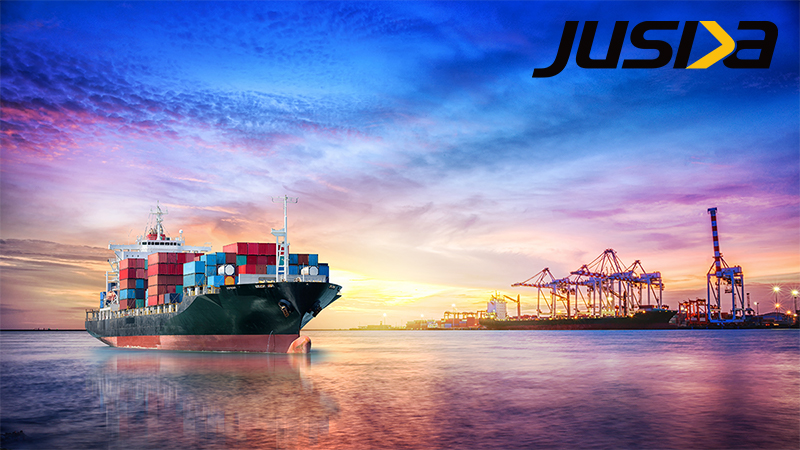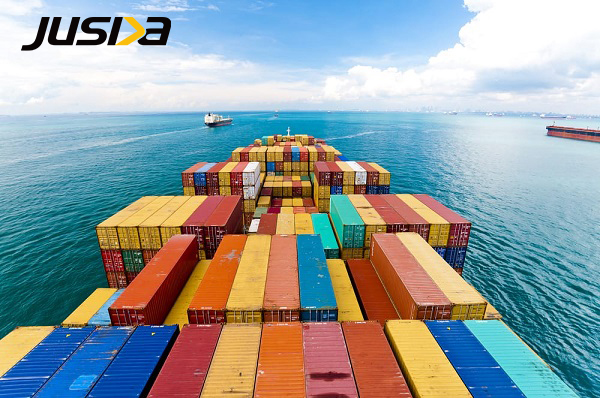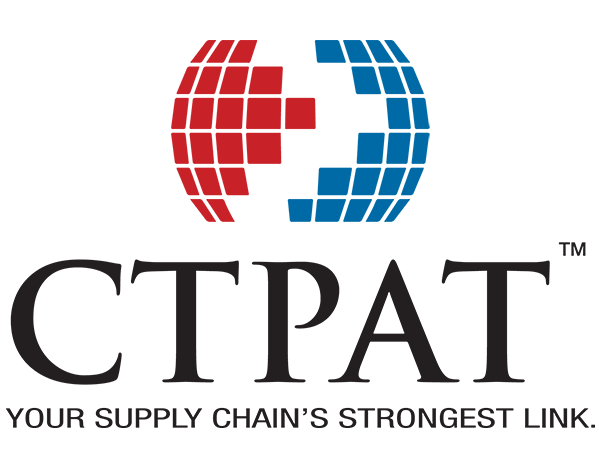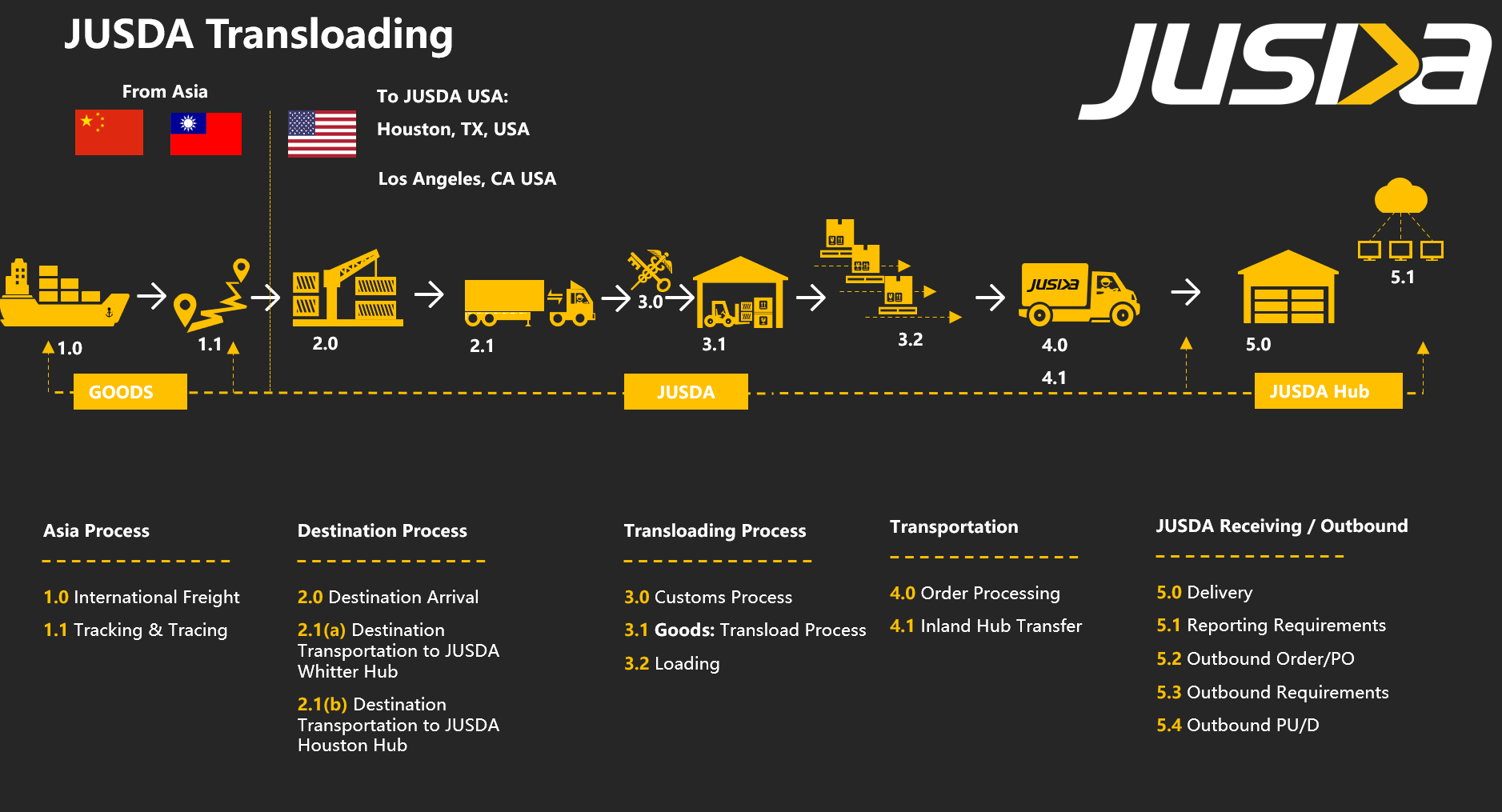
Shipping
General Average
On November 30th the container ship ONE Apus suffered a major container stack failure, mid trip and lost over 1,800 containers overboard while in route to Long Beach harbor from Asia. Because of the large size of the loss, estimated at over $200 million, the loss will most likely be declared a “General Average”.
The law of "General Average" is a principle of maritime law whereby all stakeholders in a sea venture proportionally share any losses resulting from a voluntary sacrifice of part of the ship or cargo to save the whole in an emergency. For instance, should the crew jettison some cargo overboard to lighten the ship in a storm, the loss would be shared pro rata by both the carrier and the cargo-owners.
How is General Average calculated?
For example:
A fire breaks out on a ship valued at $1,000,000 with $3,000,000 worth of cargo on board. The vessel has to be scrapped and is sold for a salvage value of $100,000 (losing $900,000) after the incident. Firefighting and returning the vessel to a safe harbor costs $500,000. $900,000 worth of cargo is lost, and the administrative costs following the events are $50,000.
- Total value of the ship and cargo before the fire: $4,000,000
- Total value of the ship and cargo after the fire: $2,200,000 (45% loss of value)
- Total cost of handling the incident: $550,000 (13.75% of the voyage value before the incident)
- Total cost of losses due to the incident: $2,350,000 (58.75% of the value of vessel and cargo before the fire)
So someone who had a total of $25,000 worth of cargo aboard the vessel and had $10,000 of it sacrificed in the incident would receive $10,000 in general average proceeds, but they would also be charged for 58.75% of their interests aboard the ship, or $14,688.
Someone who had $50,000 worth of cargo aboard the vessel but lost none of it in the incident would be charged $29,375 and would not receive any general average proceeds.








































